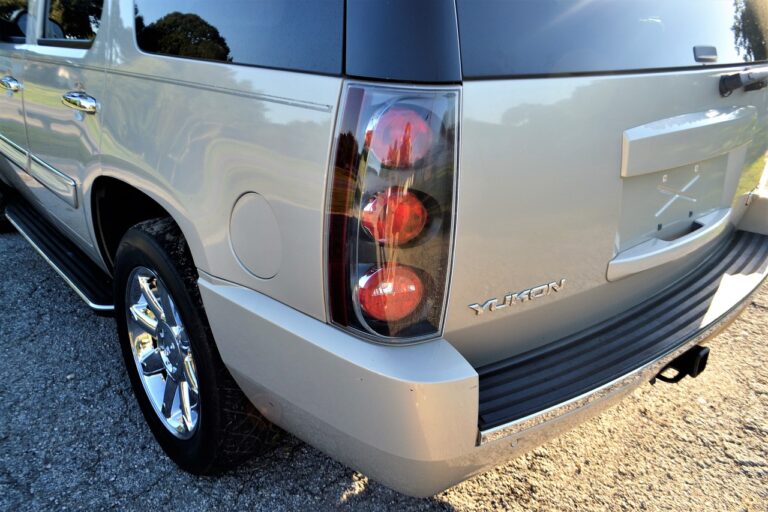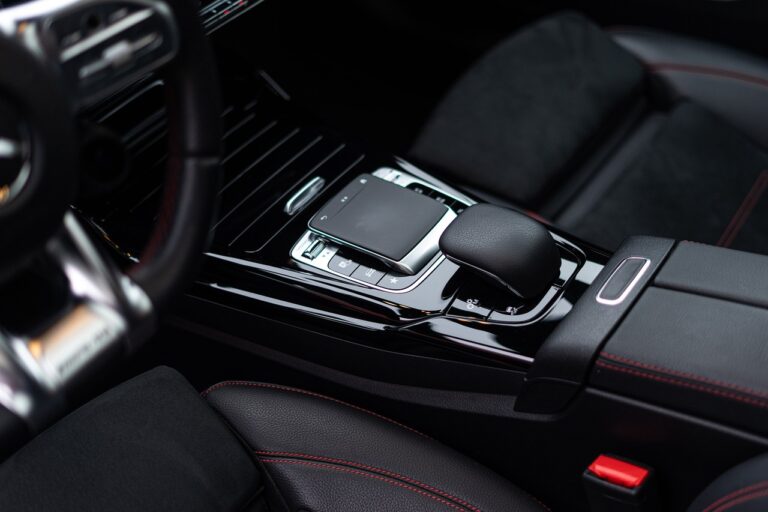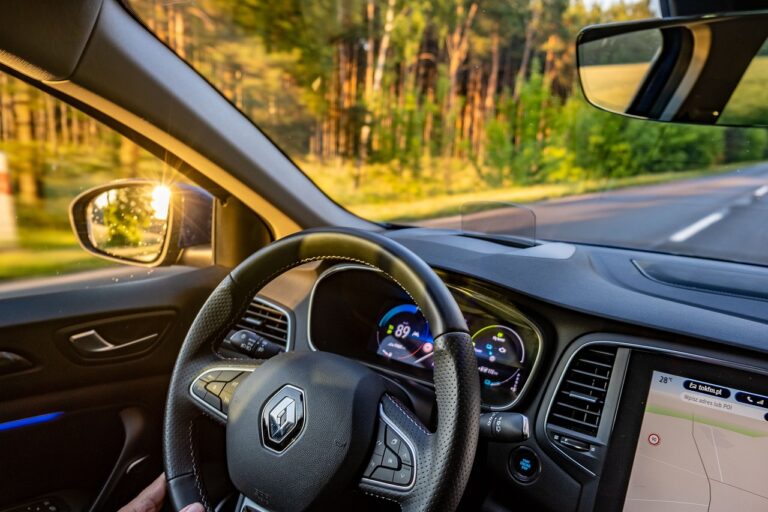The Role of Car Technology in Preventing Driver Fatigue
Driver fatigue is a significant issue on the roads, leading to a higher risk of accidents. To combat this, car manufacturers have implemented advanced technology features to monitor the driver’s alertness and prevent potential accidents. These features include sensors that can detect changes in steering patterns, erratic driving behavior, and even eye movements to determine if the driver is becoming drowsy or fatigued.
By utilizing these innovative technologies, vehicles are equipped to alert the driver through visual or auditory warnings when signs of fatigue are detected. Some systems may also be designed to automatically engage safety features such as lane-keeping assistance or adaptive cruise control to help reduce the risk of accidents caused by driver fatigue. With these advanced features, drivers can feel more confident and safer on the roads, knowing that their vehicle is looking out for their well-being.
Adaptive Cruise Control Systems
Adaptive cruise control systems have revolutionized the driving experience by automatically adjusting the speed of the vehicle to maintain a safe following distance from the car ahead. This feature uses sensors to detect the speed and distance of other vehicles on the road, allowing the system to make real-time adjustments to keep a safe distance without requiring the driver to constantly brake and accelerate.
By leveraging advanced technology, adaptive cruise control not only enhances convenience but also improves safety on the road. This system helps reduce the risk of rear-end collisions and promotes a more relaxed driving environment by taking over the task of adjusting speed based on traffic conditions. Drivers can benefit from the added peace of mind knowing that their vehicle is equipped with a feature that contributes to overall road safety.
Lane Departure Warning Systems
Lane Departure Warning Systems utilize cameras and sensors to detect when a vehicle is drifting out of its lane without the use of a turn signal. When the system detects such behavior, it alerts the driver through visual, auditory, or haptic warnings, prompting them to take corrective action. This technology helps prevent unintended lane departures, reducing the risk of accidents caused by distracted driving or drowsiness.
By providing real-time alerts to drivers, Lane Departure Warning Systems offer an additional layer of safety on the road. Whether due to fatigue, distraction, or momentary lapses in attention, the system can help drivers maintain better lane discipline and stay within their designated lanes. This proactive approach to driver assistance contributes to overall road safety by mitigating the potential dangers associated with drifting into adjacent lanes.
What is a lane departure warning system?
A lane departure warning system is a safety feature in vehicles that alerts the driver if the vehicle begins to drift out of its lane without the use of a turn signal.
How does a lane departure warning system work?
Lane departure warning systems use cameras or sensors to monitor the vehicle’s position in the lane. If the system detects that the vehicle is drifting out of its lane, it will alert the driver through visual or auditory warnings.
Are lane departure warning systems effective in preventing accidents?
Lane departure warning systems have been shown to be effective in reducing the number of lane departure-related accidents. However, they are not foolproof and should not be relied upon as the sole means of preventing accidents.
Can a lane departure warning system be turned off?
Most vehicles with lane departure warning systems allow the driver to turn the system off if desired. However, it is recommended to keep the system activated for added safety.
Are there different types of lane departure warning systems?
Yes, there are different types of lane departure warning systems, including ones that provide steering assistance to help keep the vehicle in its lane and ones that simply alert the driver when the vehicle drifts out of the lane.







